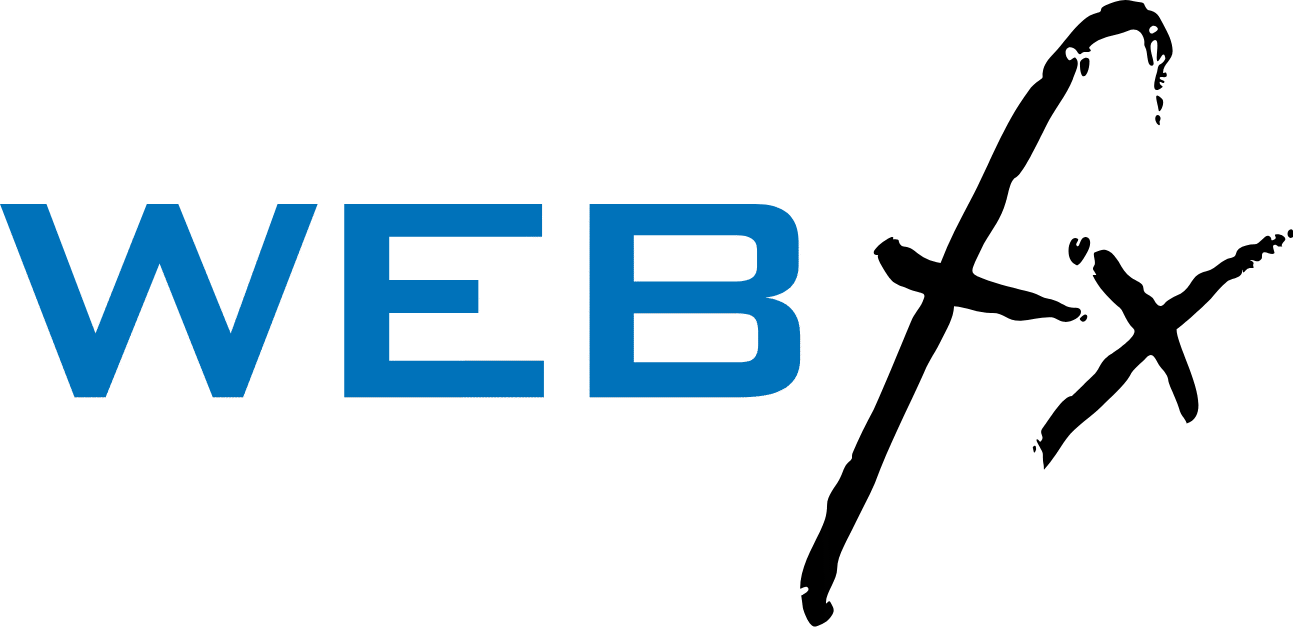Recent statistics show that 49% of respondents found online auto-play video ads (with audio) the most annoying and off-putting type of ad, among a list of others. For brands that need insight into consumer trends and sentiments, this type of information is crucial.
In a world that’s embracing AI-driven digital innovations at full speed, these numbers are a big indicator to marketers – we cannot solely rely on online marketing strategies. For example, 51% of Guyana’s ad market spending is projected to be generated via digital channels by 2029. The data points to the potential of the remaining 49% going towards other modes and channels, including traditional and offline-inclusive marketing endeavors.
Online marketing campaigns are not the problem here – the problem occurs when online and offline campaigns run in silos and without a carefully crafted strategy designed to align marketing efforts across various channels.
This article will delve into how you can synchronize multi-channel marketing to best reach your target audience and maximize ROI.
What is integrated marketing and why is it crucial now?
Integrated marketing is a marketing paradigm where online and offline marketing strategies and channels are both targeted in a confluent, combined manner. It is a key tenet of marketing in today’s context.
Online marketing becomes more intentional and palatable when aligned with traditional marketing methods that are more experiential and immersive. In fact, in an American study on ad trustworthiness, 82% respondents trusted print ads (magazines or newspapers) and 80% trusted TV ads where making a purchase was concerned.

Benefits of integrating traditional media in marketing campaigns:
- Gain a wider audience reach
- Connect to targeted audiences
- Deliver a consistent brand message
- Enjoy better data collection
- Receive greater ROIs
Learn more about crafting a unified brand message across all digital and traditional channels.
In an age where so many suffer from digital oversaturation, it is crucial to address consumer needs and wants in a more holistic and immersive way.
How to bridge the gap and synchronize online and offline marketing channels?
What marketing departments need to remember is that the idea is not to “return” to traditional media. Rather, it is to use digital and online technologies to implement better, more effective and trackable experiences that help promote the brand.
Let’s explore a few ways in which you can synchronize online and offline marketing across print, TV and radio media.
Linking print marketing to digital efforts
Ads in newspapers, magazines, or billboards can be real head turners, drawing the interest of both curious crowds as well as intentional shoppers. But you need to provide a means of immediate action for consumers who want to explore more. Here, for example, you can leverage QR codes and custom URLs to ensure your physical ads and campaigns directly link to your digital platforms, giving you more engagement on social media or driving traffic to your website.
In general, you can reserve print ads to those that spread a message or announce something important about your brand. Especially where national or state-wide newspapers are concerned, such campaigns boost your brand’s reputation and trustworthiness.
Integrating TV commercials with online presence
Where video billboards and TV commercials are concerned, you need to nudge consumers to explore your digital platforms by using methods like on-screen hashtags and social prompts. Your promotional campaigns need to connect physical ads on public billboards or TV commercials to an irresistible call-to-action that directs consumers to your online hubs.
For example, running promotional digital contests in physical media is a great way to grab consumer engagement. Japanese brand UNIQLO ran an innovative omni-channel campaign in over 100 locations where digital billboards in populated areas displayed fast-moving images with embedded codes invisible to the naked eye. Audiences were challenged to take a picture (which revealed the code), upload it to the campaign website and thus win a sample from the company’s product range. The result? The brand gained over 25,000 new subscribers to their newsletter and overall, 35,000 new customers.
Read more on the impact of digital advertising on Guyana’s local market.
Making radio ads digitally interactive
People today might not be spending hours toggling between AM and FM and tuning channels, but the concept of radio has gone nowhere. So far in 2025, there are over 584.1 million podcast listeners worldwide. So, this is a channel with a lot of marketing potential, whether via traditional radio stations or digital podcasts. The key is combining online and offline strategies to identify podcasts and hosts who connect with your target audience.

On one hand, you can launch an influencer-led campaign on social media. And on the other hand, you can run an interconnected radio/podcast promotion where the influencer comes on as a guest to talk about the brand, or where you run an ad before and after the program. The ad could contain a unique promo code and direct listeners to a specific webpage or call-to-action.
How to measure the success of integrated campaigns?
One of the biggest challenges of syncing online and offline marketing efforts is tracking the effectiveness of these omni-channel campaigns and measuring the success in quantifiable ways.
For example, at a glance, it might not be easy to tell how many people saw a physical print ad and followed through on the call to action. You need to make use of numerous online and offline data and touchpoints to connect the dots.
How to measure the success of offline campaigns with digital methods:
- Integrate in offline campaigns unique URLs and QR codes that lead to specific landing pages or tracking forms
- Assign unique promo codes to different channels to track which ones drive the most conversions
- Create and use campaign-specific hashtags to track corresponding user-generated content (USG) and engagement
You can also reach out to an advertising and marketing expert to track omnichannel marketing sources and follow-throughs.
Professional marketing services and platforms will help you:
- Set up tracking, social media monitoring and analytical dashboards
- Perform data gathering and analysis to generate reports with actionable insights
- Optimize campaigns and make real-time adjustments to online and offline activities based on insights
Conclusion
Integration is key to marketing success in 2025. You can no longer focus solely on digital ads and campaigns. Studies have long since shown that most users detest the ever-increasing barrage of online and digital ads and promotional material.
So, the need of the hour is to unify and align online and offline marketing channels and run cohesive, collaborative campaigns that grab the attention of your target consumer demographic and offer value to them.
Businesses in Guyana can get in touch with the 360 degree marketing and advertising team at Webfx today to see how the integrated omni-channel marketing strategies can boost your brand presence and perception.
